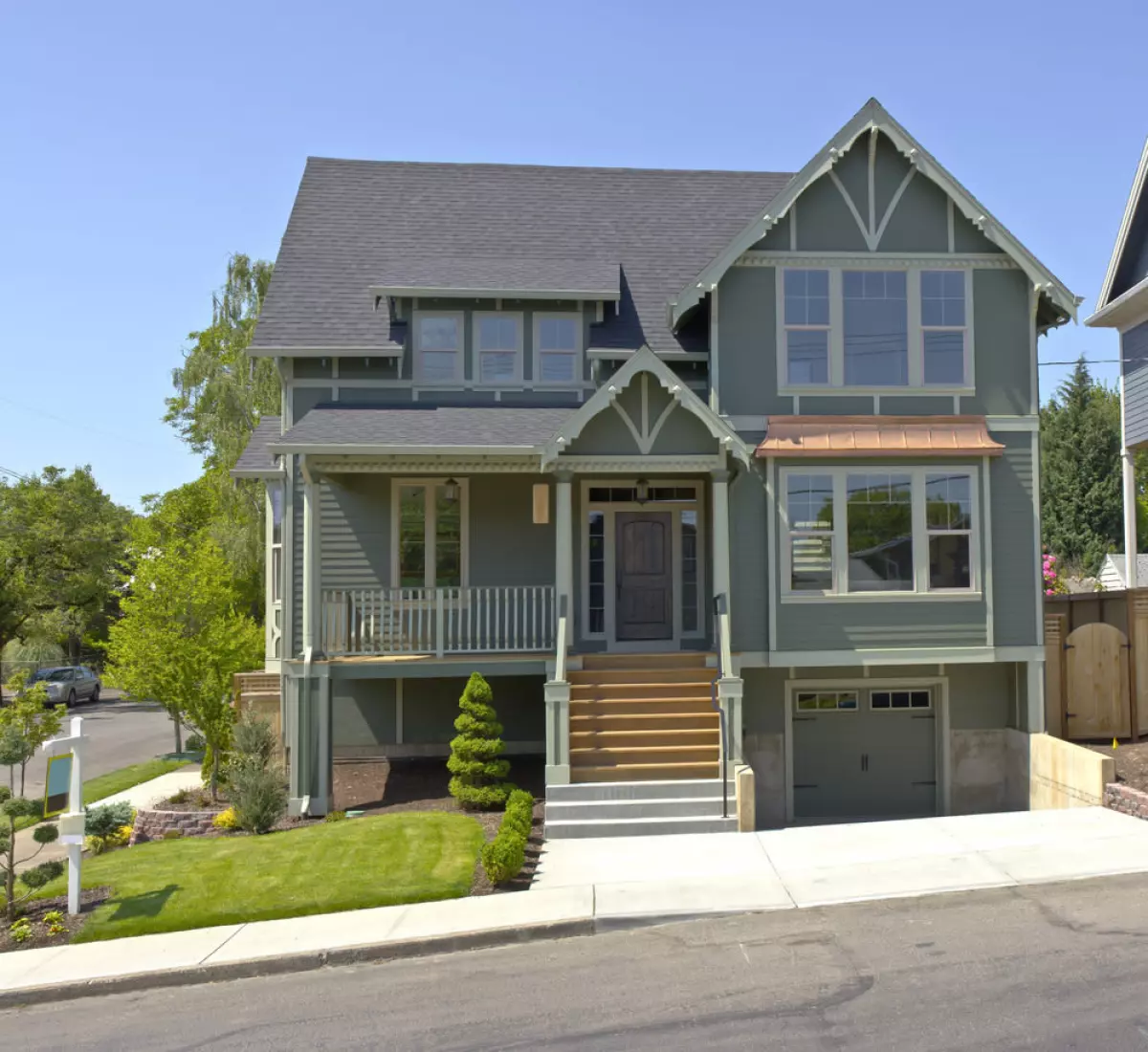
What a difference a month makes. According to the latest data from the Real Estate Multiple Listing Service (RMLS), the number of homes for sale in the Portland metro area has increased significantly in June compared to previous months. This rise in inventory is a welcome change for buyers who have been facing a tight market for the past two years.
A Shift in the Market
In May, there were 2,782 listings in the Portland metro area. However, in June, that number rose to an impressive 4,109 listings. This surge in inventory can be attributed to the recent interest rate hike by the Federal Reserve. With the cost of mortgages increasing, potential buyers may be more hesitant to enter the market. As the Federal Reserve continues to raise rates, we may see a shift towards a buyers' market after a prolonged period of dominance for sellers in the Portland area.
Slow Transition to a Balanced Market
Despite the increase in inventory, the market is still far from being considered balanced. In June, there were only 1.4 months' worth of homes on the market, while a healthy market should ideally have at least a six-month supply. However, signs indicate that buyers are becoming more selective, especially in certain areas of the metro area. The pending closures number dropped by nearly 18 percent from May to June, suggesting that buyers are taking their time before making a decision.
Price Trends
In terms of prices, the median sale price in the overall metro area experienced a slight decline in June, dropping from $575,000 to $570,000. While this might not seem significant, if these trends continue, buyers may see more substantial dips in the future. However, due to the limited inventory, houses are still selling quickly, particularly in hot areas like Tigard/Wilsonville, where homes spent an average of just nine days on the market in June.
Neighborhood Highlights
To help prospective buyers navigate the current market, let's take a closer look at some notable neighborhoods in Portland.
North Portland
In North Portland, inventory remains consistently low, with only 402 homes available in June. However, homes in this area tend to sell quickly, often within 16 days. The average sale price in June was $551,600, showing a 7.3 percent increase compared to the previous year.
Northeast Portland
In Northeast Portland, there is a greater number of listings with 811 homes available in June. While pending sales have also decreased, it is not as drastic as in North Portland. Homes in this area typically spend an average of 17 days on the market. The average sale price in June was $620,800, the highest on the east side of the city.
Southeast Portland
Southeast Portland offers even more options, with 1,020 listings in June. Like other east side markets, pending sales saw a decline, but it remains a seller's market. Homes in Southeast Portland spend an average of 16 days on the market. Notably, this area experienced the highest year-over-year price appreciation, with the average sale price up 10 percent since last year.
West Portland
On the west side of the river, the RMLS combines all the different markets into one comprehensive overview. West Portland had the most homes for sale in the metro area in June, with 1,150 listings. Buyers in this area have more time to make decisions, as the average time on the market extends to 25 days. Properties in the West Hills with beautiful views and lush surroundings command the highest average sale prices in the city, reaching $774,600 in June, an 8.1 percent increase from the previous year.
With the recent increase in inventory, the real estate market in Portland is experiencing a shift. While it may not yet be a fully balanced market, buyers now have more options to choose from. The key to navigating this changing landscape is to stay informed about the neighborhoods and their respective trends. Whether you're looking for a home in North Portland, Northeast Portland, Southeast Portland, or West Portland, understanding the dynamics of each area will help you make the right decision.











